Quality assurance is a critical aspect of vocational education and training (VET) in Australia, ensuring that registered training organisations (RTOs) like you maintain high standards and comply with regulatory requirements. One key component of this process is the annual declaration on compliance, a statement that plays a pivotal role in upholding the quality of VET across the country.
What Is Annual Declaration on Compliance?
The ASQA annual declaration on compliance is a formal statement required from RTOs in Australia. Its purpose is to affirm that the organisation has adhered to the Standards for all certifications issued in the preceding 12 months. Your RTO’s annual declaration on compliance serves as confirmation that:
- Your records are current and accurate
- Your organisation monitors and meets regulatory requirements
- Risks are identified and addressed
To delve deeper into the regulatory requirements for reporting, you can refer to Clause 8.4 of the Standards.
When Is The RTO Compliance Declaration Due?
Each year, the Chief Executive Officer (CEO) of every RTO is invited to submit the declaration of compliance via email. The email includes a unique web link for your online declaration. To avoid missing the deadline, it is essential to keep registration details updated on training.gov.au and asqanet.
Email reminders, website notifications, and mentions in the ASQA update newsletter further help in keeping track of the due date. It’s crucial to note that ASQA may take regulatory action if your RTO fails to submit the declaration by the requested due date.
For new training providers, the submission requirement depends on the initial registration start date. If registered by 31 December in the year before the submission date, an annual declaration on compliance is necessary.
Preparing for Your Declaration: Your Declaration of Compliance Checklist
To ensure a smooth and timely submission, you can follow this checklist:
- Confirm your records with ASQA are current and accurate.
- Update provider information on asqanet.
- Proactively monitor compliance and initiate the declaration process early.
- Assess operations against the Standards and registration requirements.
- Confirm adherence to regulatory requirements.
- Submit your compliance declaration form by the due date; late submissions are not accepted without prior approval.
ASQA’s Self-Assessment Tool
ASQA encourages using their self-assessment tool, a resource that aids in checking regulatory requirements, operations, standards, and potential risks. It doesn’t replace the actual declaration but serves as a helpful preparatory step.
Completing Your Compliance Declaration Form
The process for completing the compliance declaration form involves the following steps:
- Review, edit, and save information when filling out the form.
- Verify all information before submission.
- Print, save as PDF, and/or email a copy of the answers immediately after submission.
- Once submitted, access to the declaration form is restricted, and changes cannot be made.
- The declaration form can be submitted only once.
To ensure proper submission, follow these steps:
- Return to the original email from ASQA.
- Click on the provided web link.
- A confirmation message will indicate the successful submission.
If your CEO did not receive the unique weblink, take the following steps during the ASQA annual declaration submission period:
- Check the spam/junk mail folder.
- Ensure the correct email address is listed on training.gov.au. If incorrect, update the details on asqanet. Subsequently, contact the ASQA Info Line to request a re-send of the email.
- Contact the ASQA Info Line if needed.
Your RTO’s annual declaration on compliance is a crucial tool in maintaining the quality of VET in Australia. Through timely and accurate submissions, you can contribute to the overall effectiveness and integrity of the training system.



